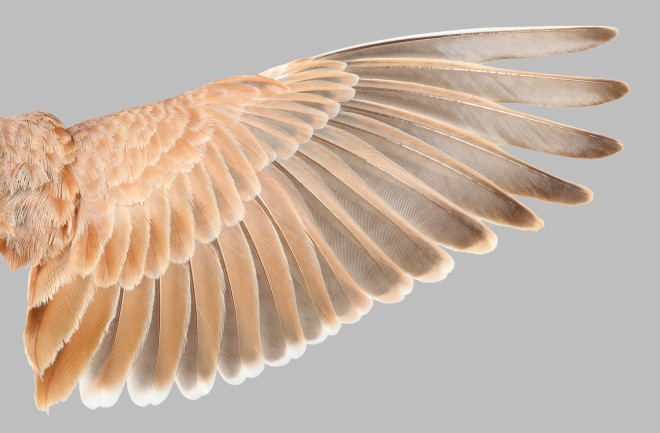Heaps of dinosaurs had feathers. But only a handful developed those feathers for flight. In fact, determining which feathered dinos flew and which feathered dinos didn’t has historically posed a problem for paleontologists. A new study, however, suggests that the problem isn’t as tricky as previously thought.
In the study, published in PNAS, a pair of paleontologists present an assortment of traits that they say all feathers built for flight share. Based on the feathers of the only surviving descendants of the dinosaurs — birds — these traits could clarify which dinosaurs developed the ability to fly, and when.
“Theropod dinosaurs, including birds, are one of the most successful vertebrate lineages on our planet,” said Jingmai O’Connor, one of the study authors and a paleontologist at the Chicago Field Museum, in a press release. “One of the reasons that they’re so successful is their flight. One of the other reasons is probably their feathers, because [they’re] such versatile structures. So any information that can help us understand how these two important features co-evolved [...] is really important.”

